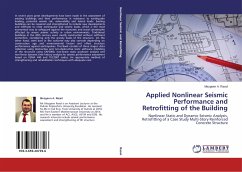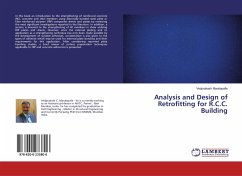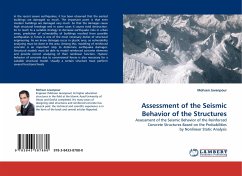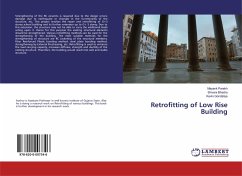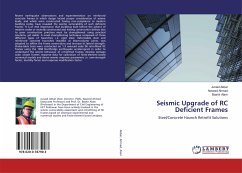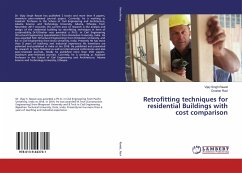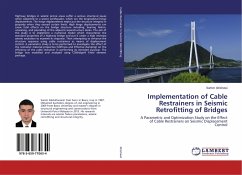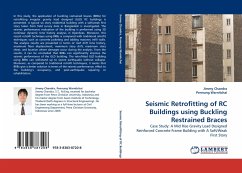In recent years great developments have been made in the assessment of existing buildings and their performance in resistance to earthquake loading, potential seismic risk, vulnerability and lateral loads. Existing buildings can be repaired and strengthened to include new developments and methods to resist earthquake and seismic loads, which is the most economical way to safeguard against the economic and social catastrophe affected by severe seismic activity in urban environments. Traditional buildings in the 20th century were mostly constructed without sufficient protection, considering only the gravity loads of the structure. On the other hand, steel bars in the concrete may also corrode depending on construction age and environmental factors and effect structure performance against earthquakes. This Book consists of three stages: data collection using destructive and non-destructive tests; software modeling of the structure using SAP2000, non-linear static pushover analysis and non-linear dynamic time history analysis for seismic performance assessment based on FEMA 440 and TEC2007 codes; An appropriate method of strengthening and rehabilitation techniques with adequate cost.
Bitte wählen Sie Ihr Anliegen aus.
Rechnungen
Retourenschein anfordern
Bestellstatus
Storno

